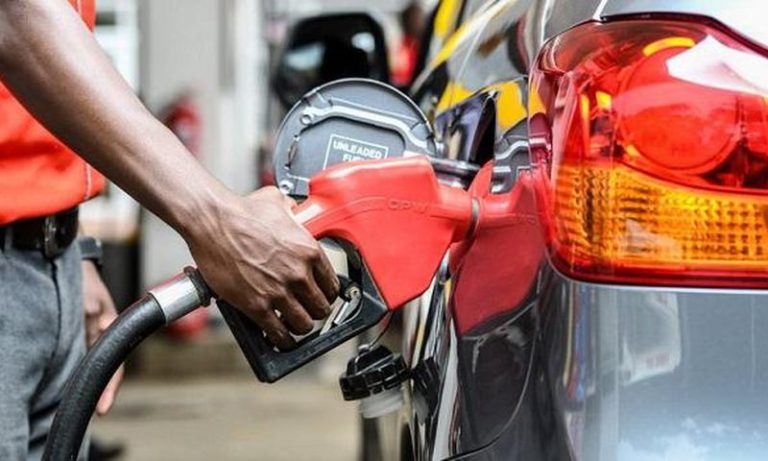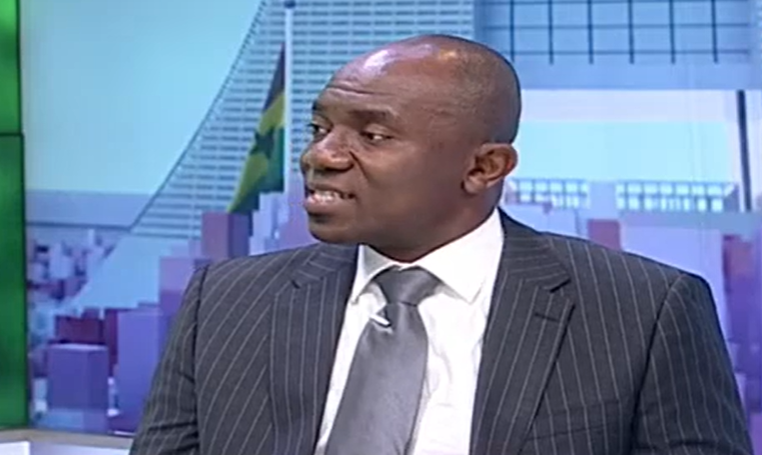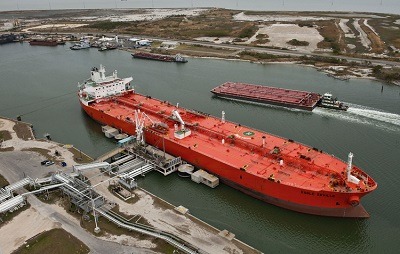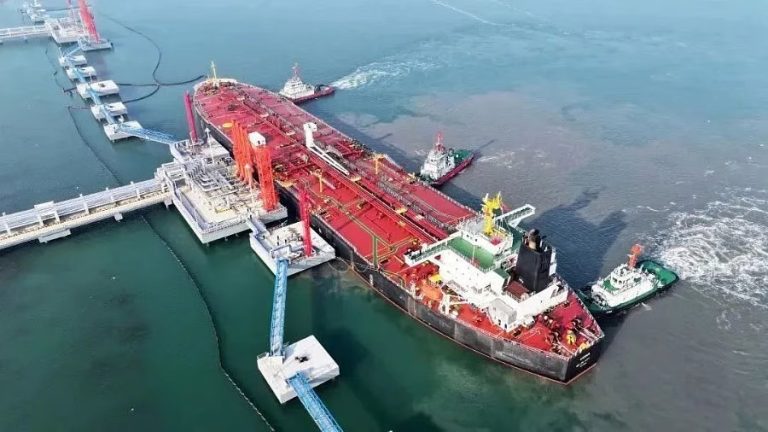Kenyan hopes for an oil export pipeline starting from oil-rich Uganda and passing through its oil fields got a boost Monday as the two countries’ presidents met in Nairobi with oil company executives to discuss the potential East African export route.
As part of the talks, executives from France’s Total, the UK’s Tullow and China’s CNOOC held “fruitful discussions” which included presentations on three pipeline route options, according to a joint statement from Ugandan President Yoweri Museveni and his Kenyan counterpart Uhuru Kenyatta Monday.
In Kenya, two routes are being considered. One which would run from the Hoima district in Uganda through the northern corridor of Kenya and export crude through the port of Lamu, while the other would also start from Hoima and travel south to the port of Mombasa.
The third option includes an oil pipeline stretching some 1,120 km (700 miles) from Hoima to Tanga in Tanzania, according to a recent statement put out by the Ugandan and Tanzanian governments.
The Nairobi meeting is the latest in a long-running diplomatic saga over the route of an East African oil pipeline, a key political issue for the region as it will enable crude from the region to reach international markets for the first time.
The joint statement said that a final decision for the pipeline route will hinge on four main factors; the cheapest route option, the ease of construction, the confirmation of the proven reserves and viability of the ports of Lamu, Tanga and Mombasa as export options. Uganda, Kenya agreed to meet again in two weeks.
But the talks came just days after Uganda and Tanzania inked a further agreement firming up diplomatic progress on the rival southern route.
At a meeting in Tanzania over the weekend, Ugandan and Tanzanian officials signed a Project Implementation Plan for the Uganda-Tanzania route, energy ministry sources told Platts.
Uganda’s energy minister, Irene Muloni, said the construction of the Uganda-Tanzania pipeline could commence as early as August this year.
“We have agreed to fast track the construction of the pipeline,” Muloni told Platts.
The Ugandan energy ministry delegation also met with their counterpart from Tanzania’s Petroleum Development Corp. last week and discussions focused on the funding, transport tariff, and how to speed up the constructing plans among others, sources said. Uganda has said the cost of the 200,000 b/d pipeline is estimated at around $4 billion.
PIPELINE POLITICS
The delay in making a final decision on this pipeline is slowing down the prospects for the upstream sector in this region.
The pipeline is crucial for Tullow, which is developing oil resources in both Uganda and Kenya; Total, active in Uganda and Kenya; and China’s CNOOC, currently the only oil company with a production license in Uganda.
Tullow supports the northern route via northwestern Kenya where it also operates and wants it to connect with a pipeline from the Lokichar oil fields, whereas Total would prefer the Tanzania route. CNOOC has not yet commented on the pipeline route.
Tim O’Hanlon, vice president, African business at Tullow, said last week that the Uganda-Kenya pipeline made “commercial” sense but that “politics” was getting in the way.
Landlocked Uganda has 1.7 billion barrels of recoverable oil in the Lake Albert Rift Basin near the border with the Democratic Republic of Congo, but due to infrastructure, logistical and political constraints, commercial crude production continues to be pushed back due to delays by the government in offering licenses.
In neighboring Kenya, Tullow Oil and Africa Oil have found at least 600 million barrels of recoverable crude in the onshore South Lokichar basin, with an update on resources expected later this year.
–
Platts




